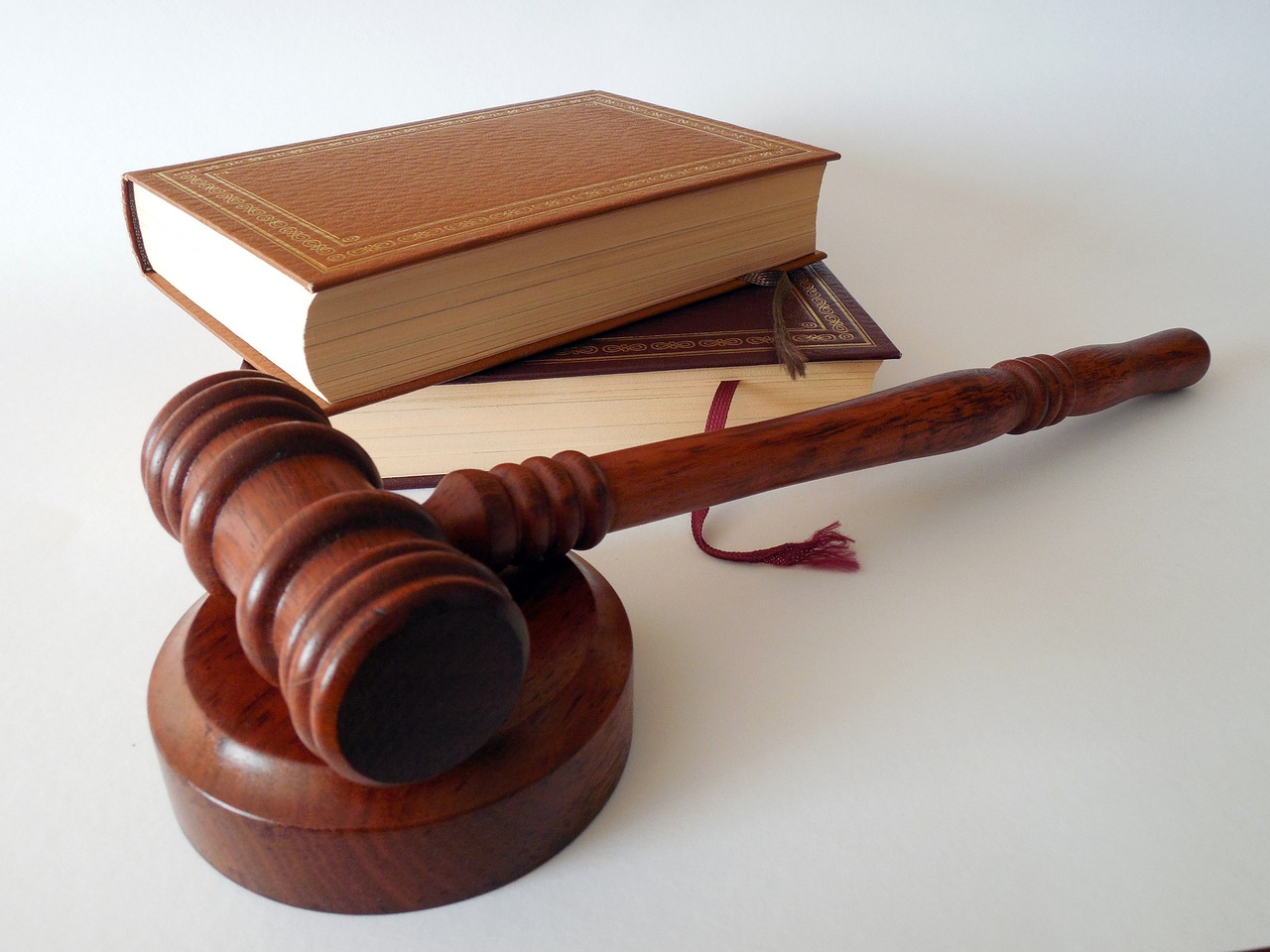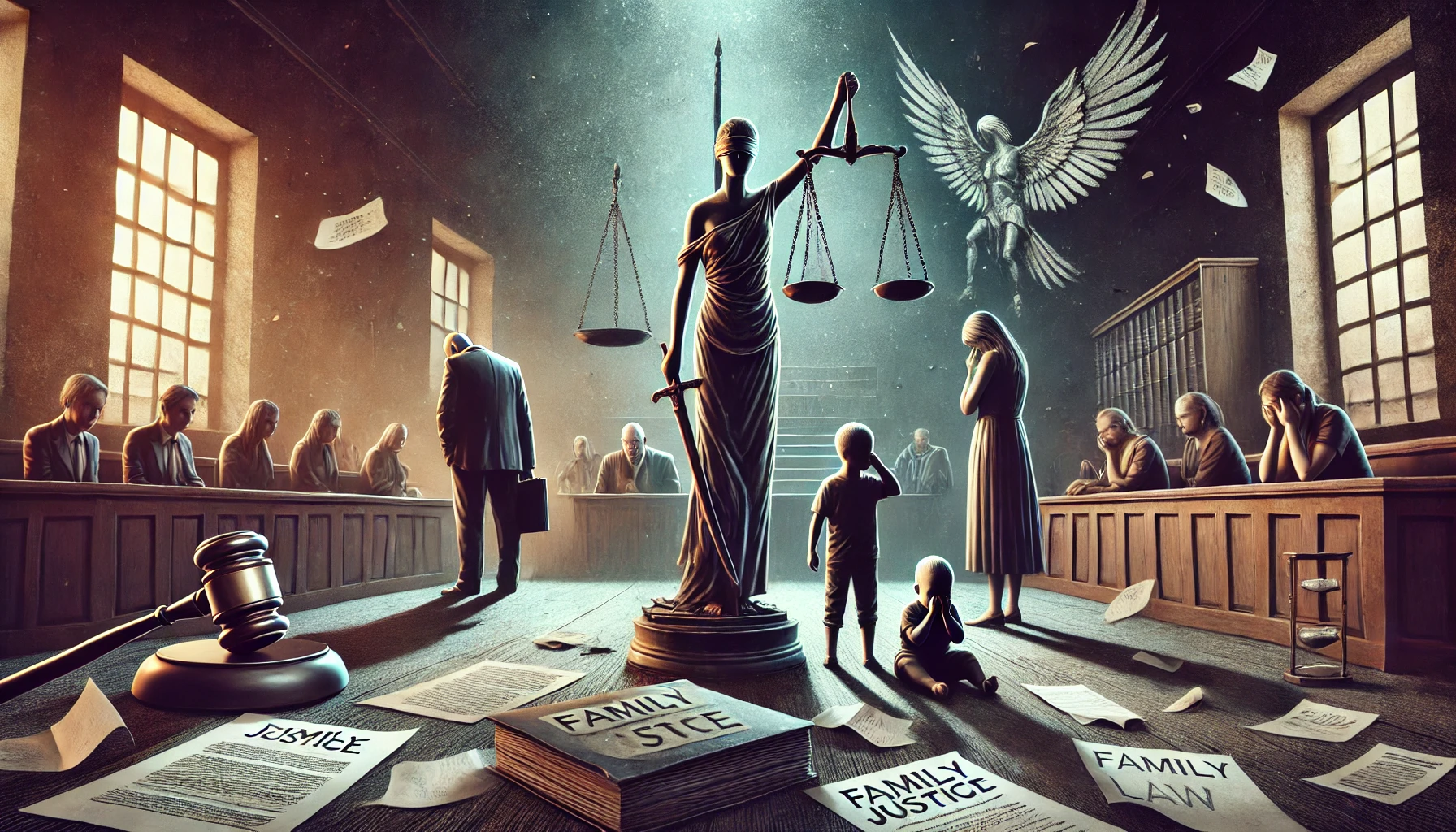Authored By: TIEBA IBRAHIM
MIDDLESEX UNIVERSITY
Abstract
This article will be discussing the prison system statistics comparing the rates in the United Kingdom. The key issues presented in this article are the gender, ethnicity, types of crime and the socioeconomic factors that contribute to these statistics and how they could be resolved through government intervention.
Introduction
Post COVID-19 crime all around the world has increased putting certain minorities at a higher risk of incarceration due to factors like race, gender, ethnic backgrounds, and socioeconomic standing. The purpose of this article is to outline these factors for the readers to understand how and why certain ethnic groups are more affected by the justice system than others. The question this article will be addressing is ‘why certain ethnic groups have a higher incarceration rate than others, and what factors determine this’. This article will focus on the socioeconomic factors that contribute to the increase in crime rates. The first point of contention is the racial and gender imbalance that occurs in the prison system, secondly the socioeconomic factors that apply to each ethnic group and lastly the types of crimes outlined in the statistics.
Background
Following the recent series of events that have taken place in the west from The Black Lives Matter movement after George Floyd was killed by law enforcement to the #Metoo movement there has been a large disparity in the policing and criminal justice system (CJS) in places like the United Kingdom, United States and all over the EU. Black, Asian and minority ethnic groups in the middle easy particularly in the United Arab Emirates have seen a similar trend when it comes to imprisonment rates as some of the highest ethnic groups incarcerated are Black/African and Asian descents. Current legislation outlined in the Police and Criminal Evidence Act 1984 (PACE) in the UK outlines the framework for police officers in England and Wales to battle crime and outlines codes of practice for those powers to be exercised. Code C, G and H are particularly relevant as it provides guidelines and protocols for officers when dealing with arrest and detention, which is where the majority of the racism occurs for minority communities.
Section 1: Racial disparities
The racial disparities that occur in prisons and the incarceration rates of individuals who are black, Asian or of any ethnic minority since 2020 has seemingly increased with racial profiling being the number one cause. Strip searches, use of excessive force, fines and arrest have been found to be more prominent in disadvantaged areas where black and Asian communities reside. A large body of research suggests that the causes of these ethnic disparities within the criminal justice system stem from racial discrimination due the unethical decision making and improper use of force from local authorities. Structural racism is seen through perception like in prejudice and stereotype against the BAME community, these stereotypes are reinforced through the media to make the public believe certain racial groups are problematic to society. A survey of 373 legal professionals concluded that they witnessed stereotyping at the highest level of the law; by the judges and courts. They witnessed discrimination in the form of racial bias when it comes to sentencing with the majority of Black and a Latino groups as shown in a study done by Chiricos and Crawford (1995). This study showed a direct link between race and imprisonment alongside other factors that could effect sentencing like the severity of the offence and any prior convictions. BAME communities were more likely to receive more severe sentences regaled to drug offences and long-term imprisonment. The study also found that black ethnic minorities were 5% more likely to of being convicted and sentenced on average than their white counterparts.
Section 2: Poverty
Across the United Kingdom more black and Asian communities are likely to experience poverty with these families experiencing an average income of less than 60% in comparison to their white counterparts. In 2020, the social metrics commission reported that almost 46% of all the people living in black, Caribbean, African and south Asian households were in poverty in comparison to the less than 20% in white families. Runnymede Trust; an independent research-based authority founded by the BAME community in the UK were two times more likely live in deep poverty which is compromised of an income that falls below 50% of the poverty line. The weekly average income in white British households ranged at an average of 518 pounds while the neighbouring black or Caribbean family makes 408. The lack of employment has created a food insecurity in these vulnerable communities, food banks in these areas have seen a 50% increase in demand. Changes to the tax benefits in the UK has assisted black families with a reduction of 7.5% in the poverty rates with Asian families experiencing just over 6.5%. Government credits like the universal credit combines six forms of benefits which was first introduced through the welfare reform program, meant to increase the work hours and pay of families who have been forced into poverty. This unfortunately has still not filled the gap that is present in the poverty crisis that UK families are experiencing as the cost of living has now increased with more people needing access to basic necessities like food, water, and electricity. Citizen Advice has reported that black, african and Caribbean families are more in need of help than any other race and are disproportionately at a higher risk of using food banks and stamps in comparison to the larger population. Children of disadvantaged families and communities have a chance to receive free meals from organisations like Food Foundation in order to combat the food scarcity that is occurring in the United Kingdom. A study done by Cohen and Felson showed a relationship between crime and poverty as individuals turn to crime as a way of surviving. Not having the basic necessities of life often translates into criminal activity like theft, drug trafficking and other illegal activities in order for individuals to fill the gap in their income. Increased arrest rates by law enforcement also creates this ideology that criminal records restrict chances of employment when in fact it is still possible. Reducing the crime and poverty rates requires better access to things like mental health, work opportunities and access to higher education.
Conclusion:
In conclusion, the black, African, Asian communities overall face a disproportionality when it comes to the justice system as they are commonly sentenced due to their race, socioeconomic status and the harsh sentencing due to poverty. These factors can be mitigated with special attention to housing, access to higher education and decresing the poverty rates in disadvantaged communities.





